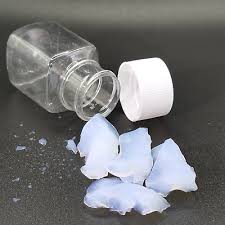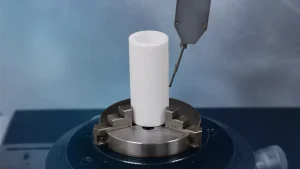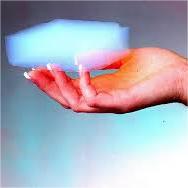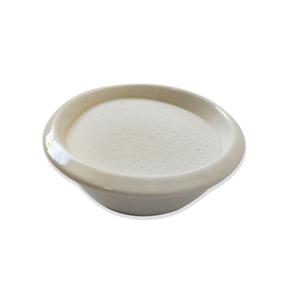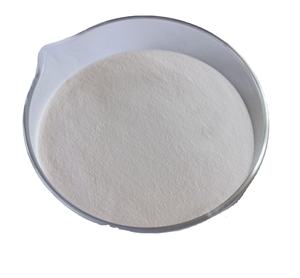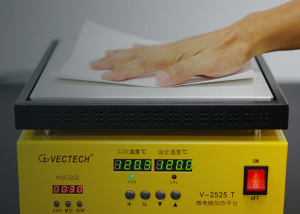Professional industry ceramic supplier, silicon nitride, silicon carbide, aluminum nitride and any other kinds of ceramics.
1. Introduction
When you think of crucibles, you might picture a simple clay pot used in old-school metallurgy. But in today’s cutting-edge labs and semiconductor fabs, the game has changed dramatically. Enter the silicon carbide crucible—a workhorse in ultra-high-temperature, contamination-sensitive processes. While many associate silicon carbide with abrasives or armor, its role in crystal growth is where it truly shines.

In particular, the production of next-generation power electronics and optoelectronic devices relies on flawless single crystals. Growing these crystals demands extreme conditions—and that’s where the silicon carbide crucible proves indispensable.
2. Silicon Carbide Crucible in Crystal Growth
One of the most demanding applications for the silicon carbide crucible is in the physical vapor transport (PVT) method used to grow bulk silicon carbide crystals. SiC crystals serve as substrates for high-efficiency LEDs, electric vehicle inverters, and 5G RF components. The PVT process operates at temperatures exceeding 2,200°C in an inert or vacuum atmosphere.
At these extremes, most ceramics fail. Alumina (Al2O3) crucibles react with silicon vapor, while zirconia crucibles can introduce oxygen impurities. Boron carbide vs silicon carbide? Boron carbide offers high hardness but lacks the thermal shock resistance and oxidation stability needed for repeated high-temp cycles. In contrast, a high-purity silicon carbide crucible maintains structural integrity, resists chemical attack, and minimizes contamination—critical for producing defect-free crystals.
3. Why Silicon Carbide Excels Where Others Fail
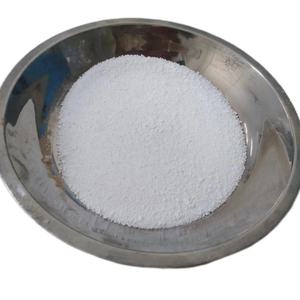
Silicon carbide isn’t just tough—it’s engineered for performance. Its thermal conductivity is among the highest of all advanced ceramics, allowing rapid, uniform heating and cooling. This reduces thermal gradients that cause cracks in growing crystals.
Moreover, silicon carbide crucibles are often made from reaction-bonded silicon carbide (RBSiC), which offers near-net-shape precision and excellent dimensional stability. You’ll also find RBSiC silicon carbide tile blocks and silicon carbide ceramic columns used as structural supports inside crystal growth furnaces—further proving how integral this material is to the ecosystem.
4. Complementary Advanced Ceramics in High-Temp Systems
While the silicon carbide crucible handles the core melting zone, other advanced ceramics play supporting roles. For instance, silicon nitride ceramic components—like silicon nitride rings, plates, and custom silicon nitride heat shields—are often used in load-bearing or insulating positions due to their superior fracture toughness and creep resistance.
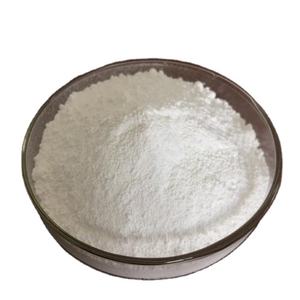
Factories specializing in silicon nitride crucible production also supply parts for auxiliary systems, such as thermocouple protection tubes made from silicon carbide tubes or silicon carbide thermocouple protection tubes. These ensure accurate temperature monitoring without compromising furnace integrity.
Interestingly, some setups even integrate silicon carbide ceramic piping or silicon carbide ceramic tubes for gas delivery, thanks to their corrosion resistance against reactive atmospheres like nitrogen or argon-hydrogen mixes.
5. Beyond the Lab: Real-World Impact
The ripple effect of reliable silicon carbide crucibles is massive. Without them, the yield of high-quality SiC wafers would plummet, driving up costs for EVs, renewable energy inverters, and fast-charging infrastructure. Companies investing in advanced ceramics manufacturing are essentially enabling the clean energy transition.
And while you won’t find a silicon carbide baking ceramic dish in your kitchen (despite the long list of dinnerware-related keywords floating online), the same material science principles that make a silicon carbide crucible viable also inform the development of durable industrial components like silicon carbide burner nozzles, silicon carbide bricks, and silicon carbide discs for harsh environments.
6. Conclusion
The silicon carbide crucible may operate out of sight, deep inside a glowing furnace, but its impact is everywhere—from the chips in your smartphone to the power systems in electric cars. In the niche world of high-temperature crystal growth, it’s not just a container; it’s a critical enabler of modern technology. As demand for wide-bandgap semiconductors surges, so too will reliance on this remarkable advanced ceramic.
Our Website founded on October 17, 2012, is a high-tech enterprise committed to the research and development, production, processing, sales and technical services of ceramic relative materials such as Why. Our products includes but not limited to Boron Carbide Ceramic Products, Boron Nitride Ceramic Products, Silicon Carbide Ceramic Products, Silicon Nitride Ceramic Products, Zirconium Dioxide Ceramic Products, etc. If you are interested, please feel free to contact us.

